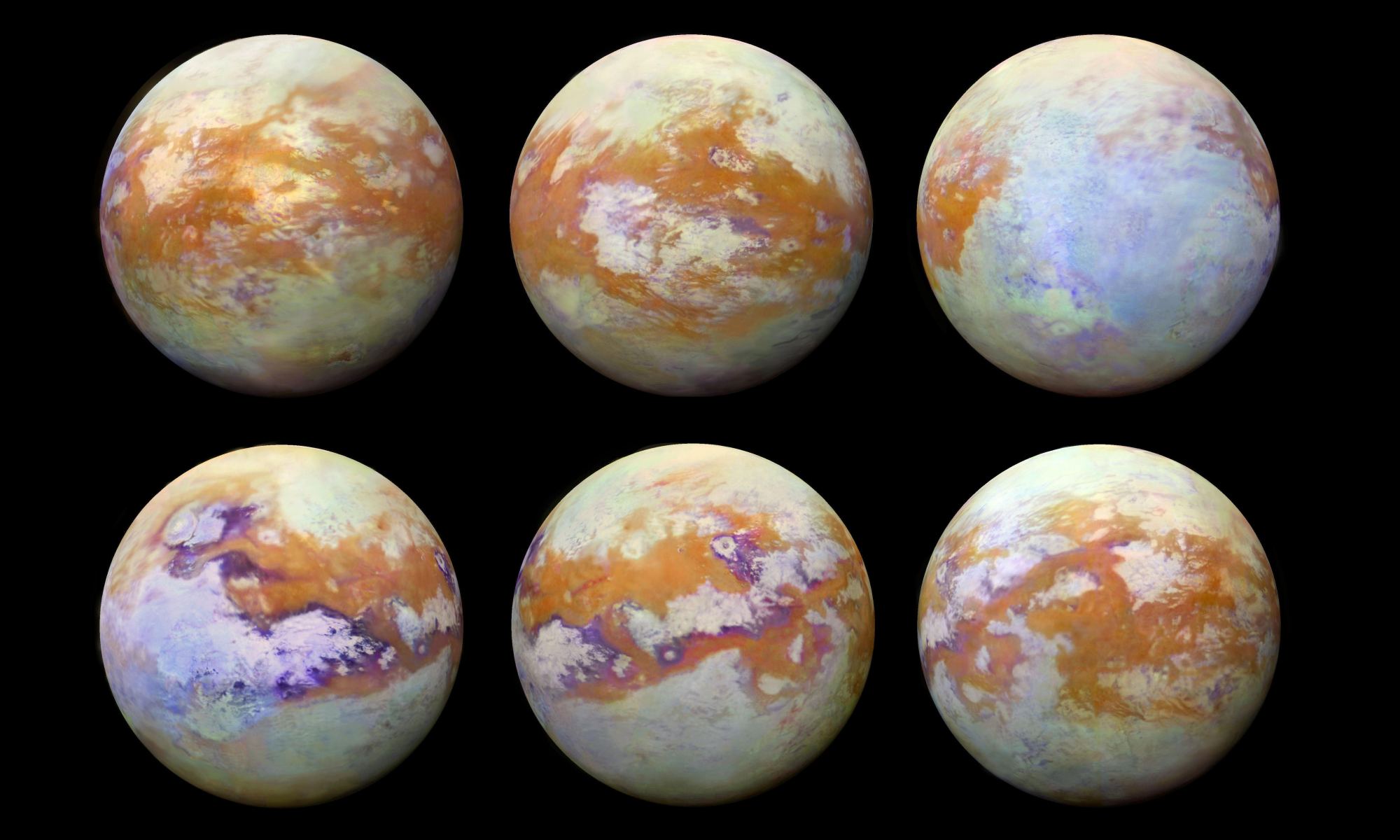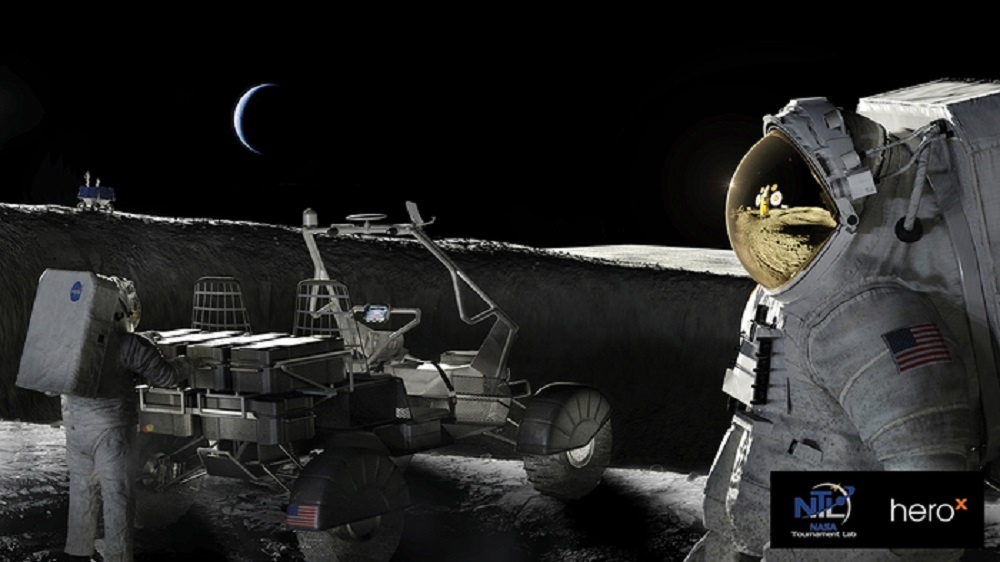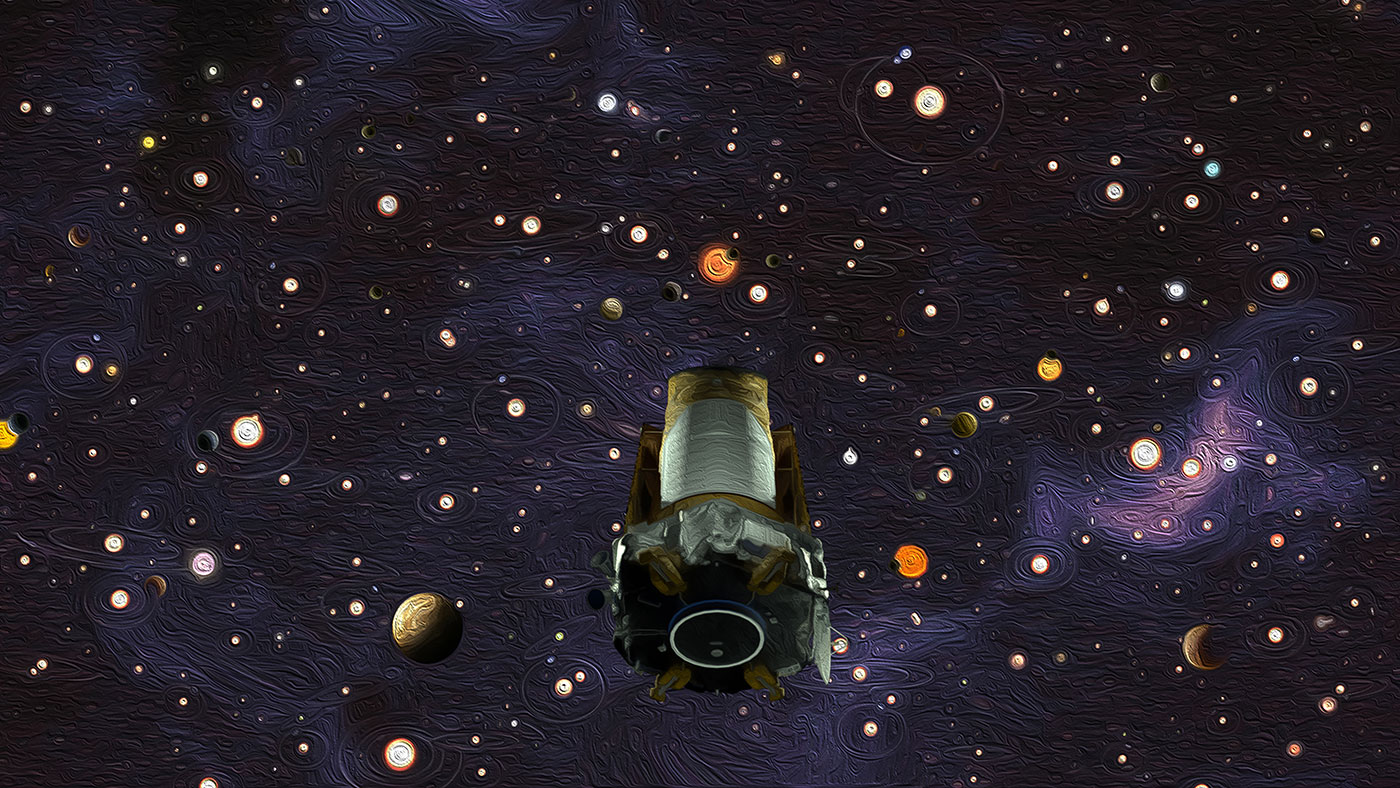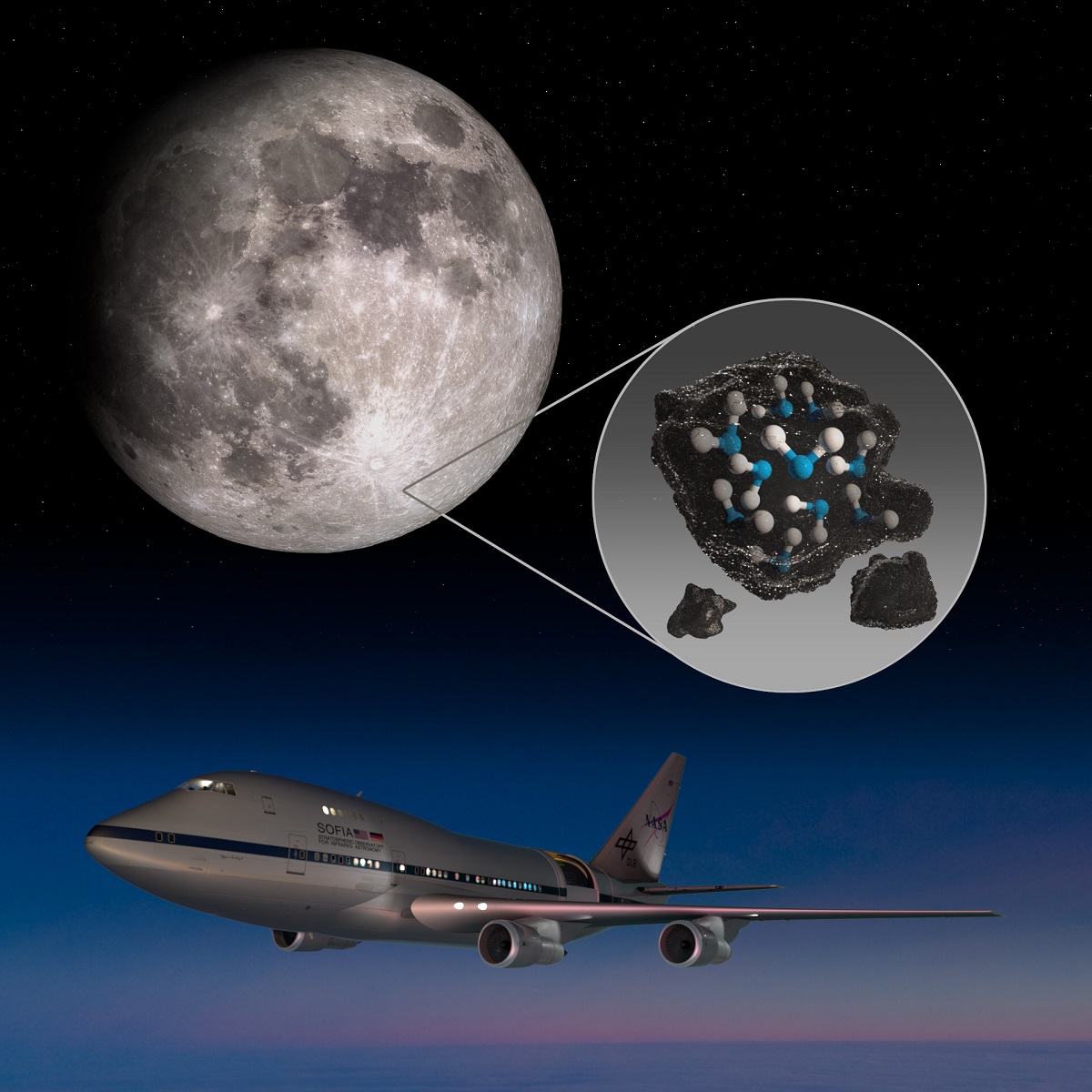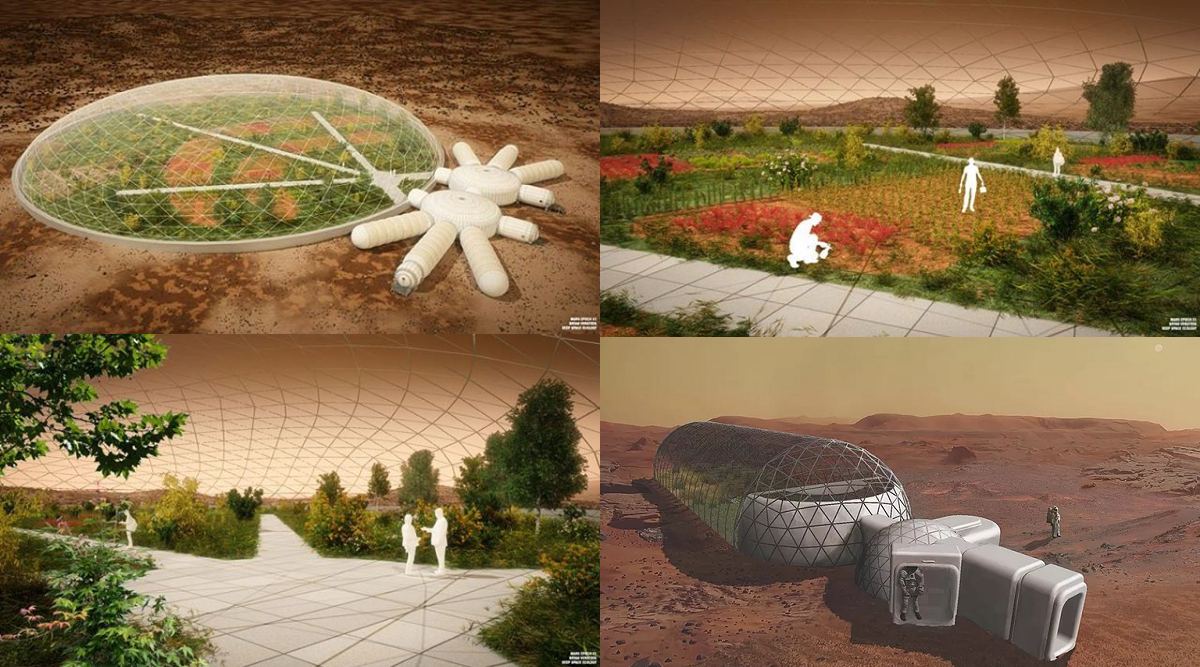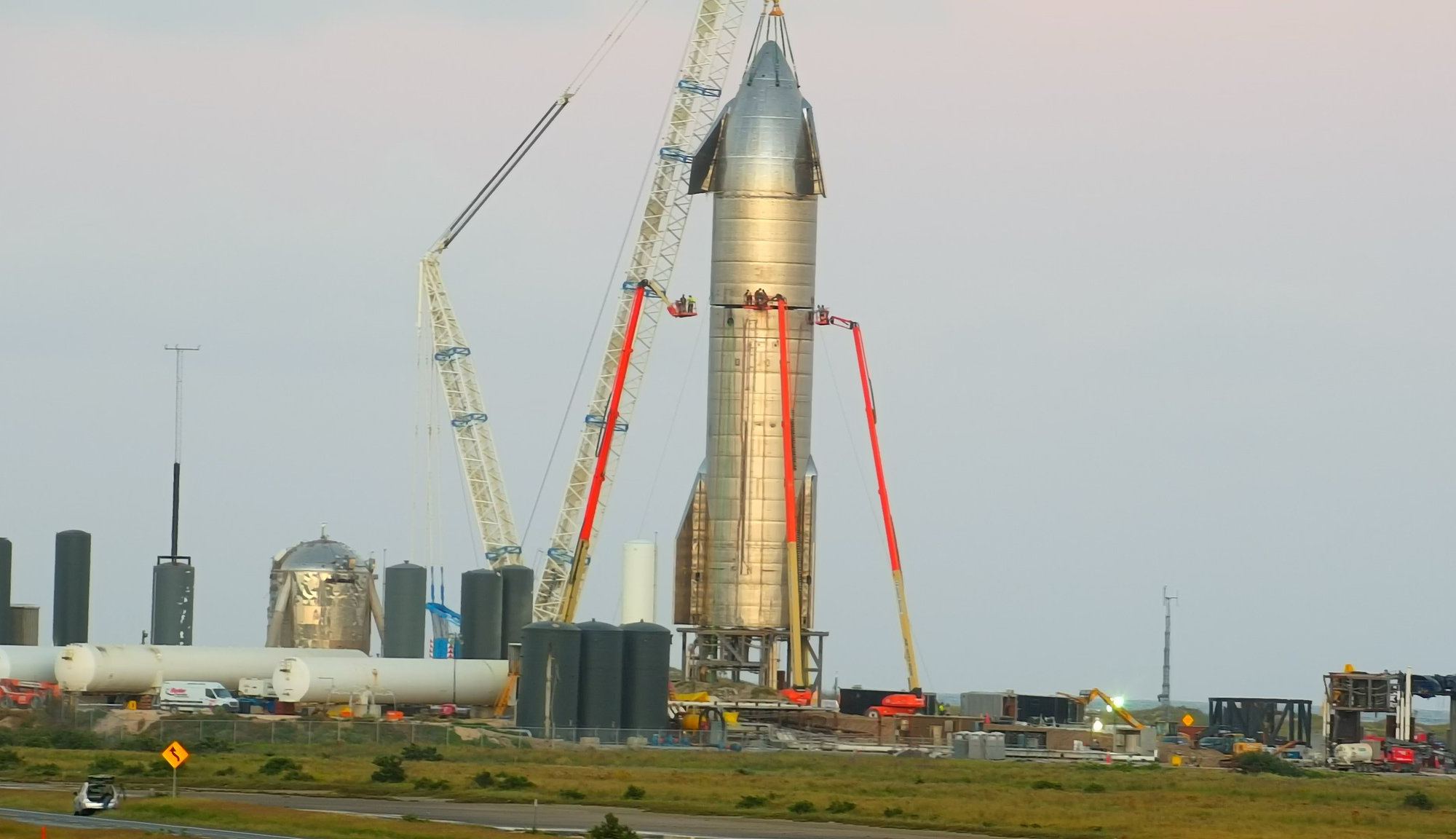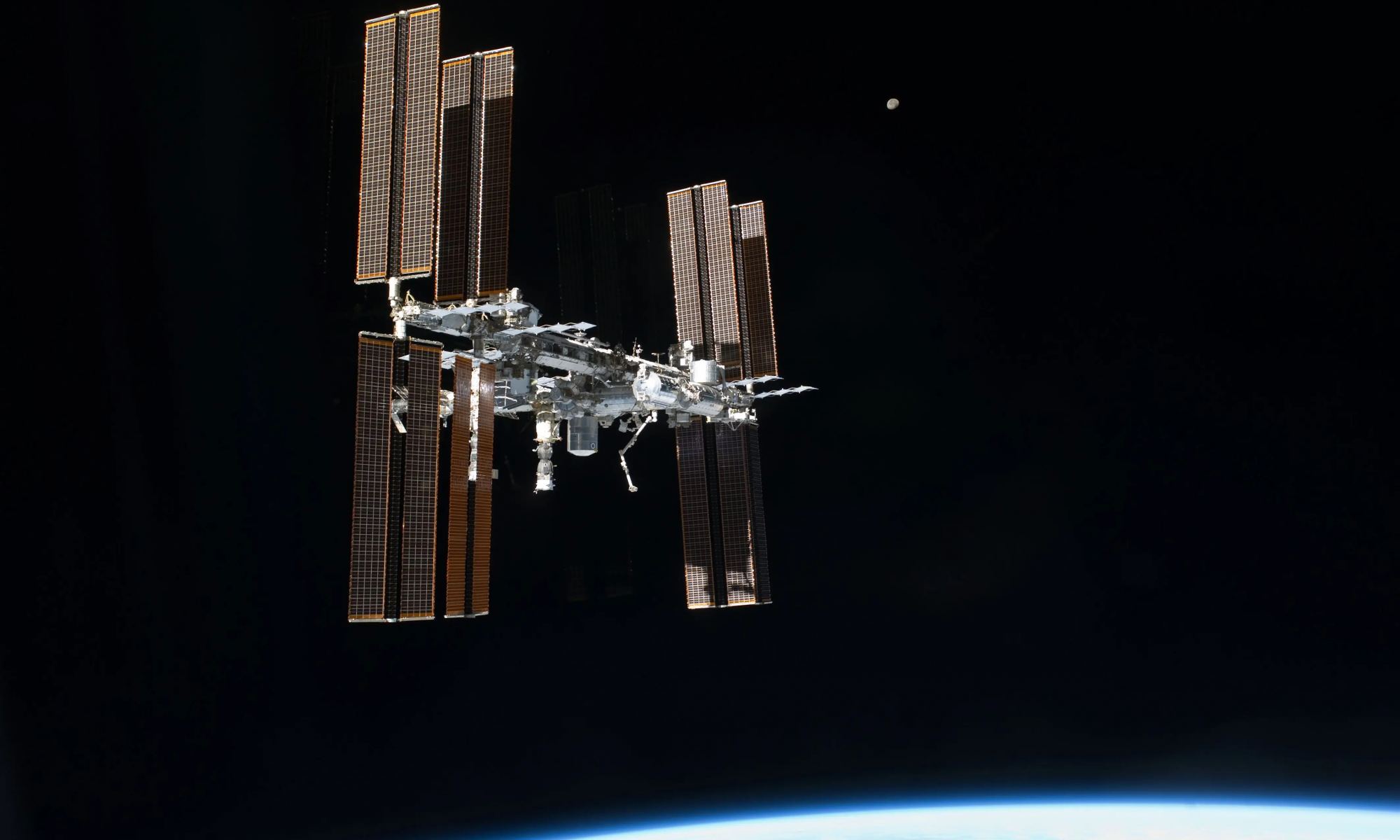Using the Atacama Large Millimeter/submillimeter Array (ALMA), a team of scientists has identified a mysterious molecule in Titan’s atmosphere. It’s called cyclopropenylidene (C3H2), a simple carbon-based compound that has never been seen in an atmosphere before. According to the team’s study published in The Astronomical Journal, this molecule could be a precursor to more complex compounds that could indicate possible life on Titan.
Similarly, Dr. Catherine Neish of the University of Western Ontario’s Institute for Earth and Space Exploration (Western Space) and her colleagues in the European Space Agency (ESA) found that Titan has other chemicals that could be the ingredients for exotic life forms. In their study, which appeared in Astronomy & Astrophysics, they present Cassini mission data that revealed the composition of impact craters on Titan’s surface.
Continue reading “Titan’s Atmosphere Has All the Ingredients For Life. But Not Life as We Know It”
